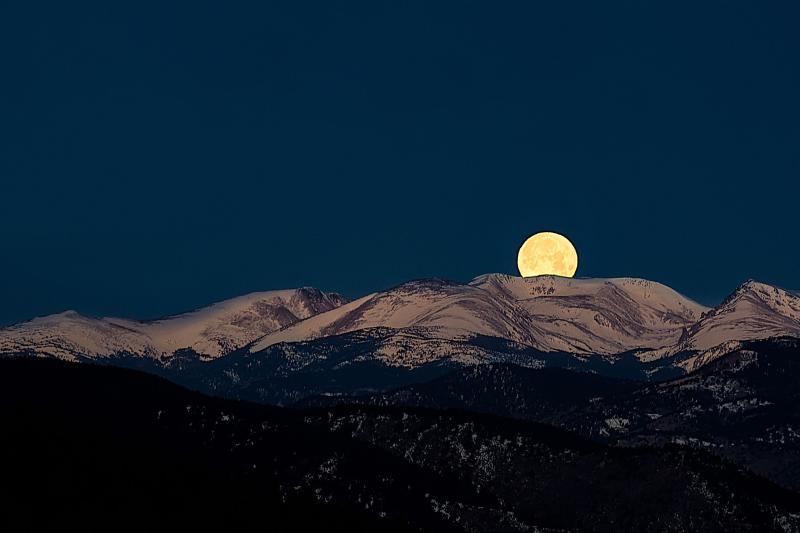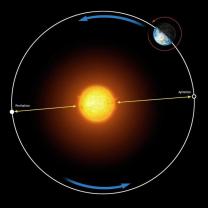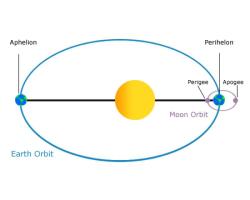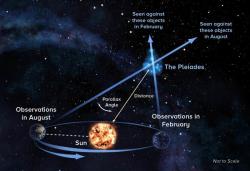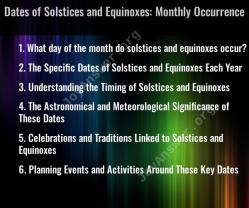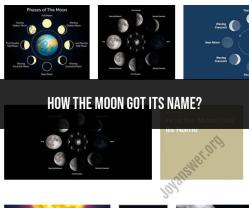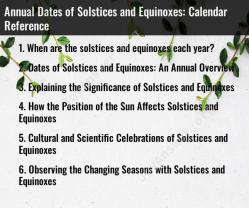Does the moon rise around sunset?
Yes, the moon can rise around the time of sunset, although the exact timing and visibility depend on several factors, including the phase of the moon, the time of year, and the observer's location on Earth.
The moon goes through a monthly cycle of phases, transitioning from New Moon to Full Moon and back to New Moon. During certain phases, the moon rises and sets roughly around the same time as the sun, leading to celestial events such as sunset-moonrise or sunrise-moonset.
Here's a general explanation:
New Moon and Waxing Crescent:
- During the New Moon phase and the early stages of the Waxing Crescent phase, the moon is located near the sun in the sky. This means it is not visible from Earth, and it rises and sets approximately around the same time as the sun. During this time, you won't see the moon in the evening sky.
First Quarter to Waxing Gibbous:
- As the moon progresses through its phases, it becomes more visible in the evening sky. During the First Quarter and Waxing Gibbous phases, the moon rises after the sun has set but before midnight. The visibility and timing depend on the specific phase and time of year.
Full Moon:
- Around the Full Moon phase, the moon rises just as the sun sets, and it is visible throughout the night. The Full Moon is opposite the sun in the sky, so it rises as the sun sets and sets as the sun rises.
Waning Gibbous to Last Quarter:
- During the Waning Gibbous and Last Quarter phases, the moon is still visible in the western sky after sunset but before it sets in the early morning.
Waning Crescent to New Moon:
- In the final stages of the lunar cycle, during the Waning Crescent phase, the moon is again located near the sun in the sky and is not visible during the evening. The moon rises and sets approximately around the same time as the sun.
The specific timing and visibility of the moon around sunset depend on your geographic location. The closer you are to the poles, the more the moon's path in the sky can vary throughout the year. Observing the moon's behavior during different phases can be a fascinating aspect of celestial observation.
##
Does the moon rise around sunset, and what is the relationship between the moon's rise and sunset?
The moon does not rise around sunset. The moon rises an average of 50 minutes later each day. This is because the moon is orbiting the Earth in the same direction that the Earth is rotating. As a result, the moon has to travel a little further each day in order to catch up to the setting sun.
The relationship between the moon's rise and sunset is complex and depends on a number of factors, including the moon's phase, the Earth's tilt, and the observer's latitude. In general, the moon rises earlier in the evening during the first and third quarters, and later in the evening during the full and new moons.
##
How do the moon's rise and sunset times correlate, and are there variations based on location and time of year?
The moon's rise and sunset times correlate in the sense that both events are affected by the moon's orbit around the Earth and the Earth's rotation around the sun. However, there are some important differences between the two events.
The moon's rise time is primarily affected by the moon's phase. During the first and third quarters, the moon rises and sets closest to the sun. During the full and new moons, the moon rises and sets farthest from the sun.
The moon's sunset time is primarily affected by the Earth's tilt. During the summer months, the Earth is tilted towards the sun, which causes the moon to set earlier in the evening. During the winter months, the Earth is tilted away from the sun, which causes the moon to set later in the evening.
The moon's rise and sunset times also vary based on the observer's latitude. Observers at higher latitudes will see the moon rise and set earlier than observers at lower latitudes.
##
Are there cultural or symbolic interpretations of the moon rising around sunset?
In many cultures, the moon rising around sunset is seen as a time of magic and mystery. In some cultures, it is believed that the moon is a portal to another world. In other cultures, it is believed that the moon is a powerful source of energy.
The moon rising around sunset is also often associated with love and romance. In many cultures, it is believed that the moon is a symbol of love and fertility.
Here are some specific examples of cultural and symbolic interpretations of the moon rising around sunset:
- In Chinese culture, the moon rising around sunset is associated with the yin and yang. The yin represents the feminine and the moon, while the yang represents the masculine and the sun. The moon rising around sunset is seen as a time of balance and harmony between the two forces.
- In Native American cultures, the moon rising around sunset is associated with the Great Spirit. The Great Spirit is believed to be the creator of all things, and the moon is seen as a symbol of the Great Spirit's watchful eye.
- In Celtic cultures, the moon rising around sunset is associated with the goddess Brigid. Brigid is a goddess of fire, fertility, and healing. The moon rising around sunset is seen as a time to connect with Brigid's energy and to ask for her blessings.
Overall, the moon rising around sunset is a time that has been imbued with cultural and symbolic meaning by many different cultures throughout history.
